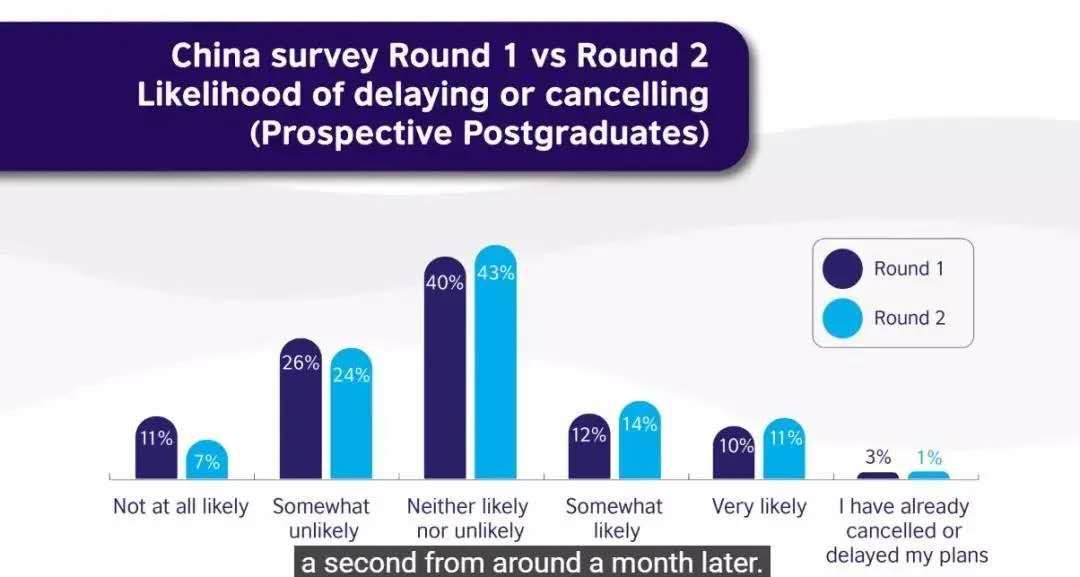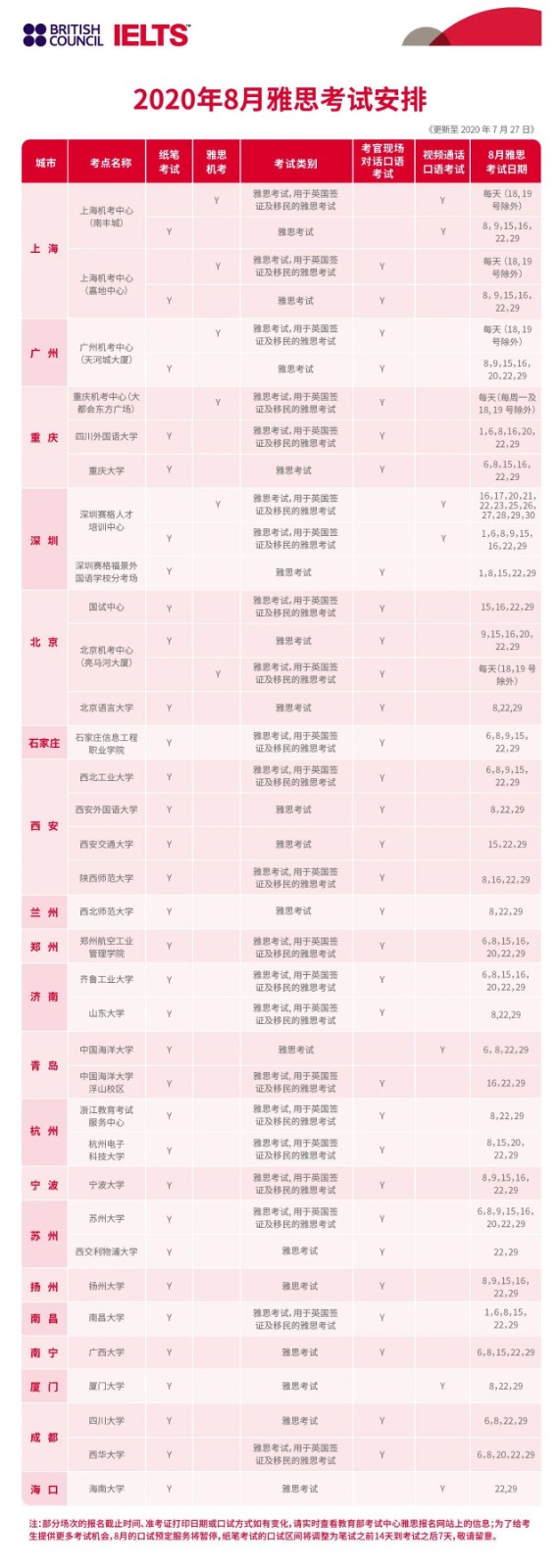托福写作如何达到高分,又如何提高下一个飞跃。今天小编给大家带来二战托福102分感言,希望能够帮助到大家,下面小编就和大家分享,来欣赏一下吧。
【高分经验】二战托福102分感言:没有词汇 别碰托福
在备战托福考试的人群中,我应该还算不上是个大牛,但是,二战托福的成绩能够达到102分,却是已经达到了我对自己制定的目标,已经很满意了。而对于备考托福来说,最大的感言就是:没有词汇,别碰托福。也许是因为自己的英语基础不是特别好,但是,确实在备考过程中发现,想要让自己更顺利的备考,就开始提早准备词汇吧。
在这次二战托福的考试中,最令我满意的一项就是,阅读成绩是满分。我觉得这完全是两个方面来进行:词汇+题型。词汇自然是不必说了,刚才就在文章中说到了,如果觉得的自己的英语水平一般,而又想在托福考试获得好成绩,那就早点开始词汇的准备吧,总归会有帮助的。而题型我们就需要从一些练习入手了,我主要是一遍又一遍做官方真题Official,当然做完之后对于错题的分析也是一项必要的工作。另外,对于托福阅读来说,时间是比较紧张的。所以,在备考时候一定要严格控制好自己的时间,慢慢掌握考试答题的节奏。
这次听力的成绩也还是比较满意的。其实,在备考之前,我还是自己为词汇量的基础是不错的。但是,刚开始涉及托福听力练习之后,就有点被泼冷水的感觉,实在很难适应。而在网上了解到可以从老托福的93篇文章开始入手,再开始进入官方真题Official,试了一下,效果还是可以的。至于,说到听写练习,我觉得不必太过于单一练习听写,找到句子的主旨是最重要的。一般我采用的方法就是,第一遍用来做笔记做题,第二遍用来听自己漏掉的重点,第三遍再用来听写。
托福考试中,口语项目一直是我的弱项,好像没有太多经验可以与大家交流。而对于写作来说,我觉得独立写作的范文和模板,都是很容易可以找到,学会将其变为自己的东西,就是最重要的。而在托福综合写作的时候,听力是个难点,只要是重点都听全了,高分也是有可能会有的。
托福阅读真题原题+题目
Throughout the nineteenth century and into the twentieth, citizens of the United States maintained a bias against big cities. Most lived on farms and in small towns and believed cities to be centers of corruption, crime, poverty, and moral degradation. Their distrust was caused, in part, by a national ideology that proclaimed farming the greatest occupation and rural living superior to urban living. This attitude prevailed even as the number of urban dwellers increased and cities became an essential feature of the national landscape. Gradually, economic reality overcame ideology. Thousands abandoned the precarious life on the farm for more secure and better paying jobs in the city. But when these people migrated from the countryside, they carried their fears and suspicious with them. These new urbanities, already convinced that cities were overwhelmed with great problems, eagerly embraced the progressive reforms that promised to bring order out of the chaos of the city.
One of many reforms came in the area of public utilities. Water and sewerage systems were usually operated by municipal governments, but the gas and electric networks were privately owned. Reformers feared that the privately owned utility companies would charge exorbitant rates for these essential services and deliver them only to people who could afford them. Some city and state governments responded by regulating the utility companies, but a number of cities began to supply these services themselves. Proponents of these reforms argued that public ownership and regulation would insure widespread access to these utilities and guarantee a fair price.
While some reforms focused on government and public behavior, others looked at the cities as a whole. Civic leaders, convinced that physical environment influenced human behavior, argued that cities should develop master plans to guide their future growth and development. City planning was nothing new, but the rapid industrialization and urban growth of the late nineteenth century took place without any consideration for order. Urban renewal in the twentieth century followed several courses. Some cities introduced plans to completely rebuild the city core. Most other cities contented themselves with zoning plans for regulating future growth. Certain parts of town were restricted to residential use, while others were set aside for industrial or commercial development.
1. What does the passage mainly discuss?
(A) A comparison of urban and rural life in the early twentieth century
(B) The role of government in twentieth century urban renewal
(C) Efforts to improve urban life in the early twentieth century
(D) Methods of controlling urban growth in the twentieth century
2. The word bias in line 2 is closest in meaning to
(A) diagonal
(B) slope
(C) distortion
(D) prejudice
3. The first paragraph suggests that most people who lived in rural areas
(A) were suspicious of their neighbors
(B) were very proud of their lifestyle
(C) believed city government had too much power
(D) wanted to move to the cities
4. In the early twentieth century, many rural dwellers migrated to the city in order to
(A) participate in the urban reform movement
(B) seek financial security
(C) comply with a government ordinance
(D) avoid crime and corruption
5. The word embraced in line 11 is closest in meaning to
(A) suggested
(B) overestimated
(C) demanded
(D) welcomed
6. What concern did reformers have about privately owned utility companies?
(A) They feared the services would not be made available to all city dwellers.
(B) They believed private ownership would slow economic growth
(C) They did not trust the companies to obey the government regulations.
(D) They wanted to ensure that the services would be provided to rural areas.
7. The word exorbitant in line 16 is closest in meaning to
(A) additional
(B) expensive
(C) various
(D) modified
8. All of the following were the direct result of public utility reforms EXCEPT
(A) local governments determined the rates charged by private utility companies
(B) some utility companies were owned and operated by local governments
(C) the availability of services was regulated by local government
(D) private utility companies were required to pay a fee to local governments
9. The word Proponents in line 18 is closest in meaning to
(A) Experts
(B) Pioneers
(C) Reviewers
(D) Supporters
10. Why does the author mention industrialization (line 24)?
(A) To explain how fast urban growth led to poorly designed cities
(B) To emphasize the economic importance of urban areas
(C) To suggest that labor disputes had become an urban problem
(D) To illustrate the need for construction of new factories
答案:CDBBD ABDDA
托福阅读真题原题+题目
Although only 1 person in 20 in the Colonial period lived in a city, the cities had a disproportionate influence on the development of North America. They were at the cutting edge of social change. It was in the cities that the elements that can be associated with modern capitalism first appeared — the use of money and commercial paper in place of barter, open competition in place of social deference and hierarchy, with an attendant rise in social disorder, and the appearance of factories using coat or water power in place of independent craftspeople working with hand tools. The cities predicted the future, wrote historian Gary. B. Nash, even though they were but overgrown villages compared to the great urban centers of Europe, the Middle East and China.
Except for Boston, whose population stabilized at about 16,000 in 1760, cities grew by exponential leaps through the eighteenth century. In the fifteen years prior to the outbreak of the War for independence in 1775, more than 200,000 immigrants arrived on North American shores. This meant that a population the size of Boston was arriving every year, and most of it flowed into the port cities in the Northeast. Philadelphia's population nearly doubted in those years, reaching about 30,000 in 1774, New York grew at almost the same rate, reaching about 25,000 by 1775.
The quality of the hinterland dictated the pace of growth of the cities. The land surrounding Boston had always been poor farm country, and by the mid-eighteenth century it was virtually stripped of its timber. The available farmland was occupied, there was little in the region beyond the city to attract immigrants. New York and Philadelphia, by contrast, served a rich and fertile hinterland laced with navigable watercourses. Scots, Irish, and Germans landed in these cities and followed the rivers inland. The regions around the cities of New York and Philadelphia became the breadbaskets of North America, sending grain not only to other colonies but also to England and southern Europe, where crippling droughts in the late 1760's created a whole new market.
1. Which of the following aspects of North America in the eighteenth century does the passage
mainly discuss?
(A) The effects of war on the growth of cities
(B) The growth and influence of cities
(C) The decline of farming in areas surrounding cities
(D) The causes of immigration to cities
2. Why does the author say that the cities had a disproportionate influence on the development
of North America (lines 1-2)?
(A) The influence of the cities was mostly negative
(B) The populations of the cities were small, but their influence was great.
(C) The cities were growing at a great rate.
(D) Most people pretended to live in cities
3. The phrase in place of in lines 4-5 is closest in meaning to
(A) connected to
(B) in addition to
(C) because of
(D) instead of
4. The word attendant in line 6 is closest in meaning to
(A) avoidable
(B) accompanying
(C) unwelcome
(D) unexpected
5. Which of the following is mentioned as an element of modern capitalism?
(A) Open competition
(B) Social deference
(C) Social hierarchy
(D) Independent craftspeople
6. It can be inferred that in comparison with North American cities, cities in Europe, the Middle
East, and China had
(A) large populations
(B) little independence
(C) frequent social disorder
(D) few power sources
7. The phrase exponential leaps in line 12 is closest in meaning to
(A) long wars
(B) new laws
(C) rapid increases
(D) exciting changes
8. The word it in line 15 refers to
(A) population
(B) size
(C) Boston
(D) Year
9. How many immigrants arrived in North America between 1760 and 1775?
(A) About 16,000
(B) About 25,000
(C) About 30,000
(D) More than 200,000
10. The word dictated in line 18 is closest in meaning to
(A) spoiled
(B) reduced
(C) determined
(D) divided
11. The word virtually in line 20 is closest in meaning to
(A) usually
(B) hardly
(C) very quickly
(D) almost completely
12. The region surrounding New York and Philadelphia is contrasted with the region surrounding
Boston in terms of
(A) quality of farmland
(B) origin of immigrants
(C) opportunities for fishing
(D) type of grain grown
13. Why does the author describe the regions around the cities of New York and Philadelphia as
breadbaskets?
(A) They produced grain especially for making bread.
(B) They stored large quantities of grain during periods of drought
(C) They supplied grain to other parts of North America and other countries.
(D) They consumed more grain than all the other regions of North America.
答案:BBDBA ACADC DAC
二战托福102分感言
上一篇:详解托福各科备考方法及经验
下一篇:返回列表






